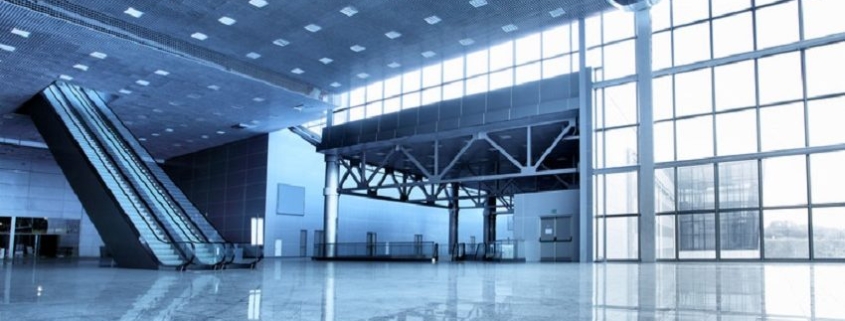Turning abandoned mall space such as the closed Sears store in the RedBird development in Dallas into medical offices and clinics is a new use for tired shopping centers that has already found success in other cities.
RedBird owner Peter Brodsky just announced that UT Southwestern and Parkland Hospital are taking over vacant retail space at the former Red Bird Mall. UT Southwestern will open offices in a 150,000-square-foot Sears store that closed earlier this year. About 43,000 square feet of a Dillard’s store that closed in 2008 is already being retrofitted for Parkland.
Dallas developer Frank Mihalopoulos, who has been working with Brodsky since 2015 on the RedBird project, has already successfully adding university-affiliated medical offices to aging malls in Nashville; York, Pa.; and Atlanta.
“Selling the RedBird development to local health care companies became a priority as community needs and wishes matched up with trends in the mall redevelopment business,” Brodsky said.
“Health care companies want to reach underserved populations and are trying to find ways to serve more people with the least amount of cost,” Mihalopoulos said. “Repurposing mall space can keep costs down. The University of Pittsburgh Medical Center, for example, has opened occupational therapy clinics and back offices in 22,000 square feet of the West Manchester Mall in York, Pennsylvania It’s lowered their overall cost of occupancy, and then the university medical center is able to rent its space that can fetch higher rents to others.”
In Atlanta, Emory Healthcare agreed in October to lease 224,000 square feet of a former Sears store at Northlake Mall to house offices for 1,600 administrative staff. That also adds daytime traffic to the mall, which is anchored by J.C. Penney and Macy’s. Northlake and the mall in Pennsylvania are owned by ATR Corinth, a partnership of Mihalopoulos and Dallas real estate investor Tony Ruggeri formed 15 years ago to redevelop ailing malls.
“Mall locations have a lot of what medical clinics and offices need,” Mihalopoulos said. “There’s parking, good real estate with good exposure to freeway locations. Old department stores have high ceilings that office tenants are looking for these days and those new office workers can shop and eat without leaving the property.”
ATR Corinth’s first big success was in Nashville, where Vanderbilt University Medical Center put administrative offices and medical clinics in One Hundred Oaks Mall.
“That project began in 2008, and within five years of the redevelopment, the stores in the center had experienced sales increases of as much as 100%,” Mihalopoulos said.
While they were considering the RedBird development, UT Southwestern officials visited that project. They also visited the Jackson Medical Mall in Mississippi, which was converted from a shopping mall in 1996 after it lost customers and stores to a newer mall in Jackson.
At that point, Red Bird Mall was also well into its decline. The former mall at the intersection of Highway 67 and Interstate 20 in Dallas was one of the early shopping center casualties. Several Dallas mayors and out-of-town owners tried to fix the center as the mall continued to lose traffic. There are 800 vacant anchor spots at the 1,300 malls and outlet centers in the U.S., according to an updated mall report from Green Street. In addition to health care uses, malls have been turned into call centers and even Amazon warehouses. When Brodsky first purchased the mall, Sears and Macy’s were still open.
“But it became apparent that anchor stores would have to be filled with other sorts of activities to draw people to the property,” Brodsky said. “The shopping center still has about 60 tenants, from Burlington Coat Factory to small mom-and-pop businesses that are doing well. A Foot Locker is under construction in a new green space being built on the Camp Wisdom side where Starbucks opened last year. I’m new to the real estate industry and I give Frank a lot of credit for his track record of converting malls into highly productive office space.”
Source: Dallas News




